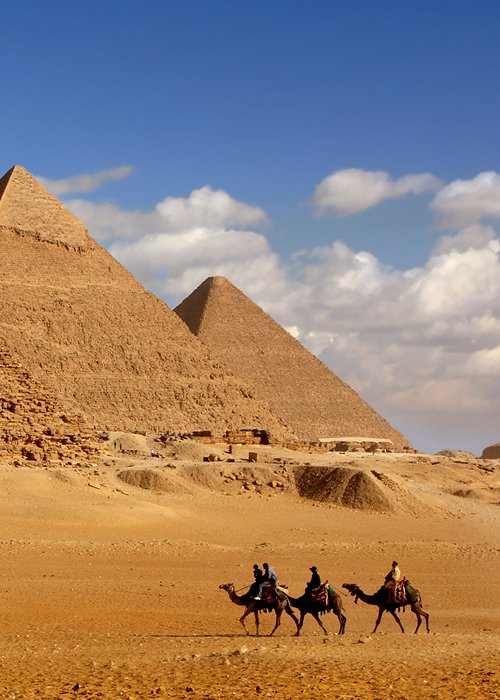A recent study published in the journal Nature Geoscience put forward new hypotheses regarding the construction of the Giza Pyramids. According to the research, a disappeared branch of the Nile about 65 kilometers long may have facilitated the transport of the materials needed for their construction. Traces of this ancient waterway, called the Ahramat Branch, were identified through the analysis of sediments and pollen grains. Researchers speculate that this river reached its highest level during the period when the pyramids were built (between 2600 and 2100 BC), providing an ideal waterway for transporting stone blocks and other heavy materials from the quarrying site to the Giza Plateau. This discovery could radically change our understanding of the construction techniques employed by the ancient Egyptians. The use of a river channel would greatly simplify the transport of heavy materials, which would otherwise have required immense human and logistical effort.
Furthermore, the presence of the Ahramat Branch could explain the choice of the Giza site for the construction of the pyramids. Its proximity to the river would facilitate the supply of water and food for the huge number of workers employed in their construction. The study has raised several questions requiring further investigation. For example, it is still to be clarified how the Ahramat Branch was used to transport materials and how it subsequently dried up. Nevertheless, this new discovery represents a significant step forward in our understanding of one of the world's greatest wonders and the ingenious construction techniques used by the ancient Egyptians.




